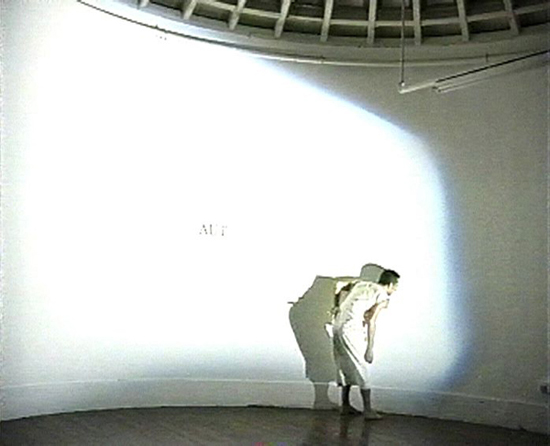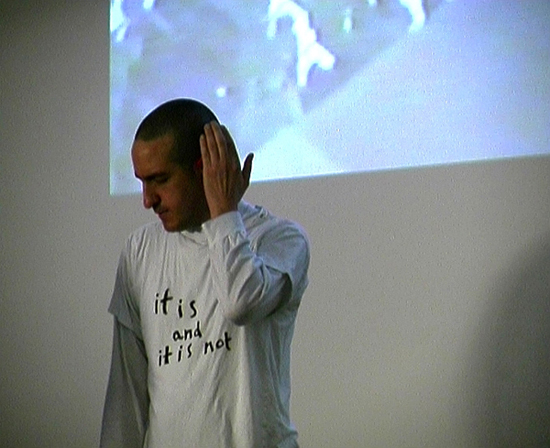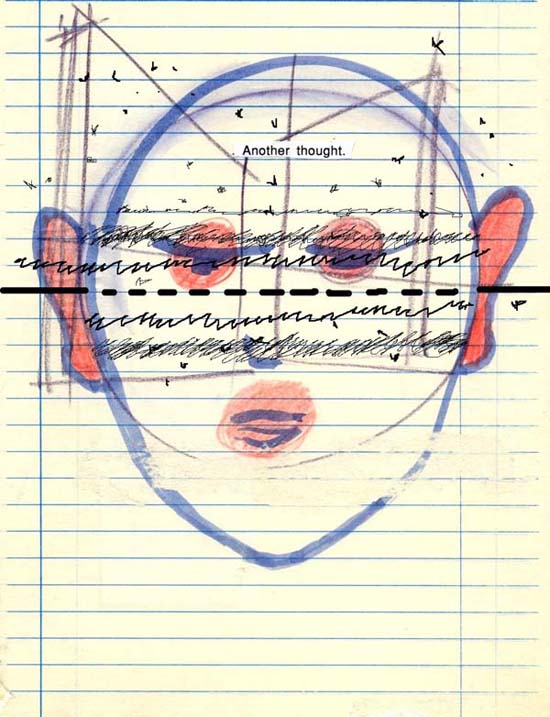




x #03
Nov.05

|
Ringing Forest is a sci-art research & development project informed by our experience of living with tinnitus.
Tinnitus: illusory noises in the ears or head, which remains, to a great extent an enigma and where further research is needed.
The word tinnitus comes from the Latin word "tinnire," meaning to ring or tinkle like a bell. It is a "head noise" nightmare: imagine hearing a ringing noise in your ears and head that doesn’t go away. This maddening noise, can range in volume from a ring to a roar. Some people hear tinnitus as a buzzing, hissing, roaring, whistling, chirping or clicking instead of – or in addition to – ringing ear. Tinnitus can be intermittent or constant ringing ear, with single or multiple tones and tinnitus’ perceived volume can range from subtle to shattering and can be very debilitating and can also cause sleep disturbance and interfere with concentration.
While theories exist, the actual mechanism responsible for tinnitus remains unknown, as does the origin of the ear noises. But tinnitus is not just in the patient's imagination. It is a physiological or neurological event that has not yet been identified.
Because of the private nature of tinnitus suffering, it is very often difficult to communicate each person’s specific experience and not so many people find it easy to communicate it. Suffering ‘in silence’ (in spite of a head full of noises) is mostly the case. This phantom auditory condition and its altered perception of soma sounds could cause extreme distress and a feeling of isolation. With this project we would like to engage society and to address specifically, also, those people affected by this chronic condition, associated very often with different psychological conditions like depression, agitation, distress, irritability, lack of concentration. We would like to stimulate interaction and questioning about their perception of and experience of living with tinnitus.
By also asking general and specific scientific questions we hope to learn more about individual experience. A lot of information can be gathered by asking tinnitus sufferers themselves. Personally, we believed that collaborative exploration of the experience of living with tinnitus with academic researchers would result in a project that will raise awareness of this medical condition.
The idea for Ringing Forest came from experiencing the effects of tinnitus as distortions and alteration of balance/hearing while being immersed in the environment of a pine wood forest in a place in the Mediterranean. The forest, was full of almost deafening ‘singing’ cicadas, who ‘challenged’ our tinnitus in a sort of racing of inner (our tinnitus) and outer (the wood) sounds, the sort of ‘white noise’ produced by the cicadas and the affected and distorted white noise in our ears. An environment like a forest is also a sound environment that, in our experience, became a ringing environment, in relation to our tinnitus, a ‘Ringing Forest’. The forest could also be seen as a symbol for the inside of the head, a mirroring of the natural environment of the forest, full of sounds.
The research and work-in-progress will be developed by working in a site-specific context, in relation to the acoustic and architectural spaces of the Wellcome Trust building, the UCL Ear Institute as well as other different urban architectural spaces and natural environments around and outside London. This in order to investigate the relationship and effects of different sound/noise fields environments and how they trigger and stimulate artistic (aural, visual and performative) responses.
We are concentrating in exploring ear and mind, its ecology, in the sense of the exchange, interaction and connection between a person and the outer “soundscapes” of the environment. This will stimulate us to research and experiment more practically with what could be called ‘un-mediated’ experience. Although that unmediated experience of sound is virtually impossible, yet we would like to get as near as possible to a scientific analysis of our experience of how we perceive sounds as cause and effect, of filtering outer and inner sound, and where sound is located.
Locational hearing is, therefore, one of the main aspects of our research exploring it in relation to tinnitus and the its psychological effects and implications.
How can that sense of experiencing space through tinnitus be represented? This would be an exciting exploration for ourselves and our artistic practice, trying to investigate how maps of space “in the head” can be translated, in outer space, through visual and performance art.
load >>>>>> Aut-aut, video (mp4, 2.2 MB) © Fabrizio Manco 2005

Aut-aut, © Fabrizio Manco 2005

Citizen, © Fabrizio Manco 2005

Ringing forest (drawing), © Fabrizio Manco 2005
* Fabrizio Manco <terragumo at yahoo.co.uk>
|